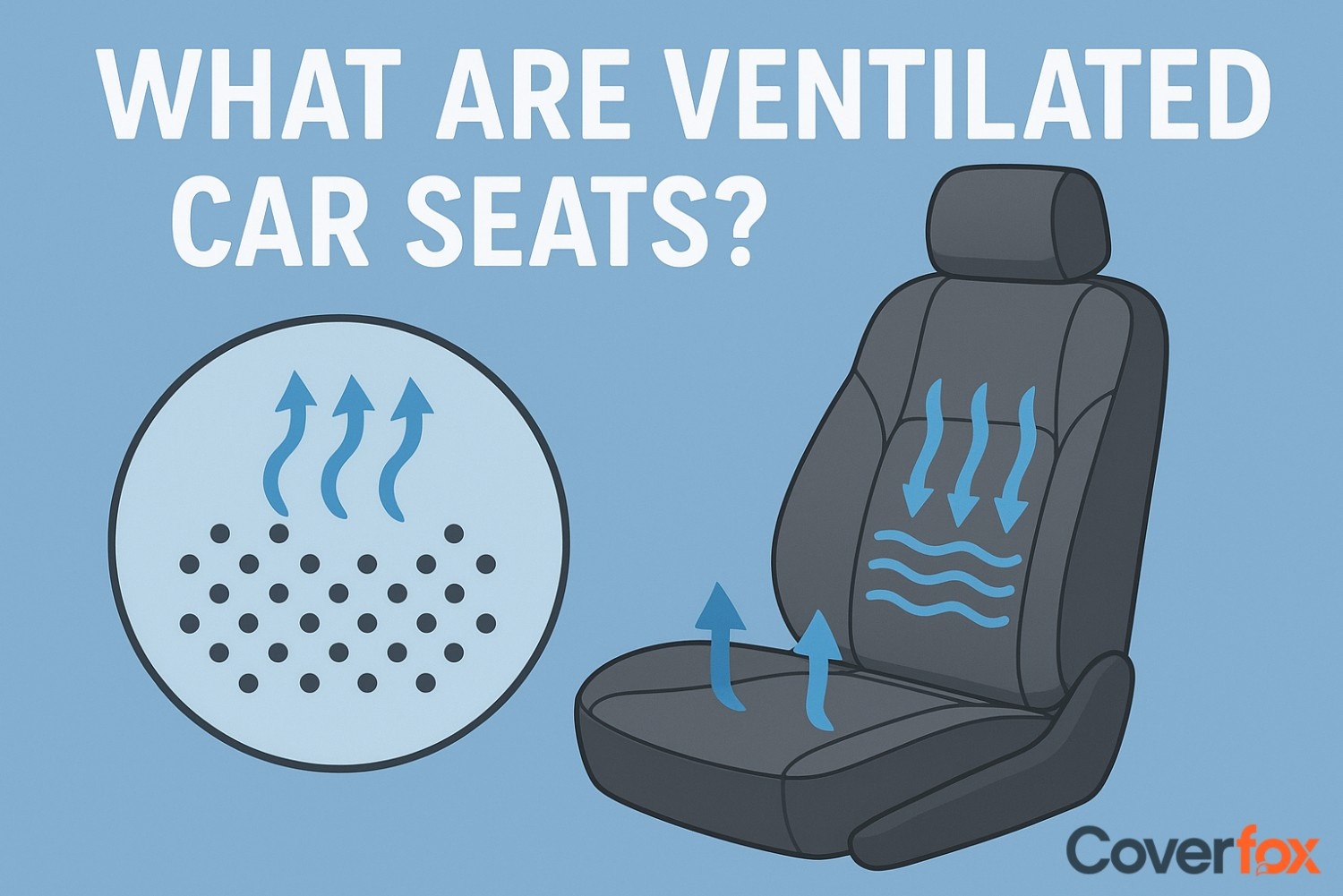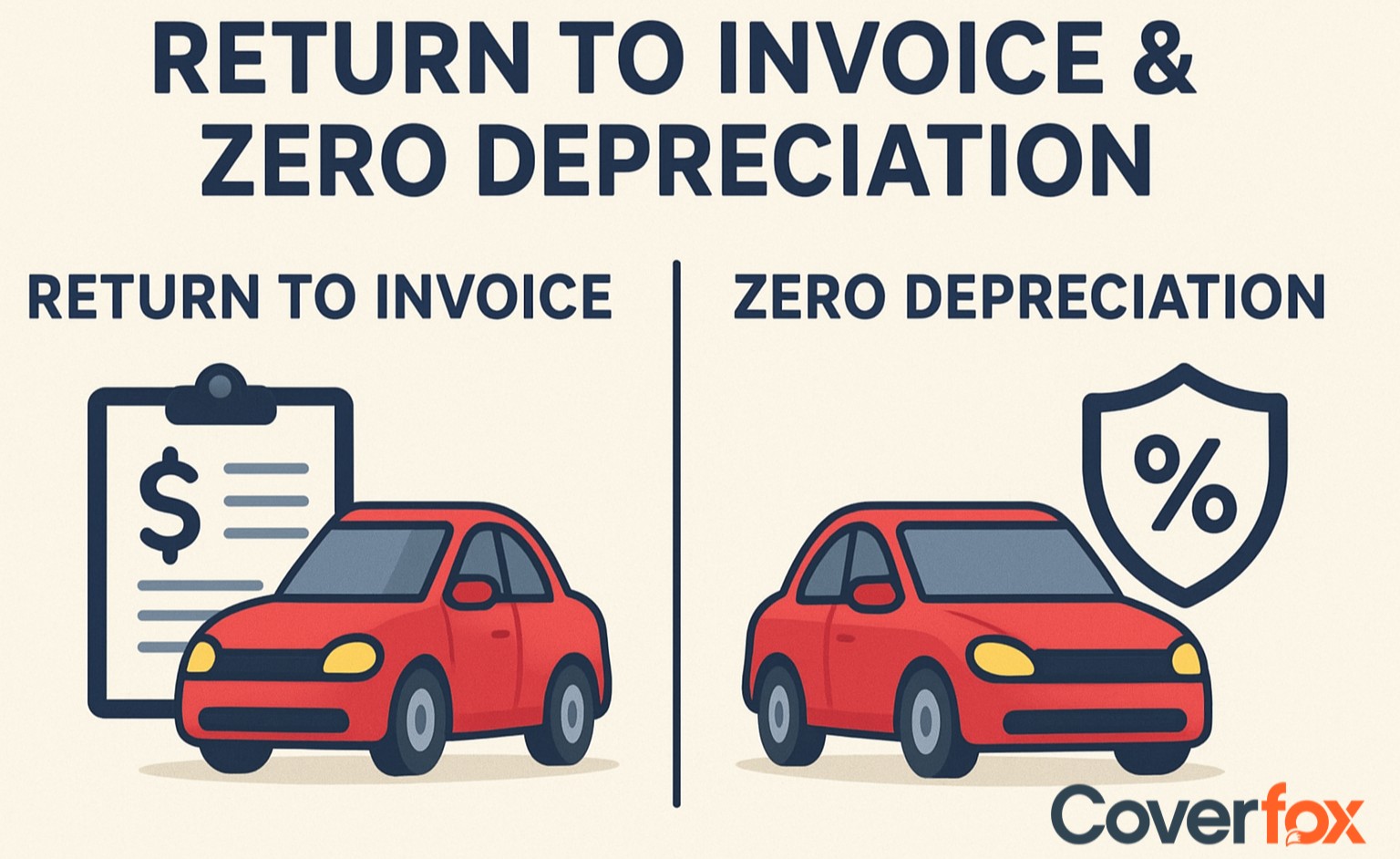The automotive industry can only thrive when there is a constant pursuit of efficient fuel operation and performance, which ends up driving ultimate innovation.

One notable breakthrough to improve fuel efficiency has been the introduction of the Multi-Point Fuel Injection (MPFI) System, which has not only revolutionised engine efficiency but also helped reduce pollution levels. This system, introduced in the late 1980s, has been a key innovative feature that has helped enhance engine performance, fuel efficiency, and emission control. To understand more in detail about an MPFI system, including what an MPFI engine is, let’s take a look at its components, operation, benefits, and common concerns.
What is a Multi-Point Fuel Injection (MPFI) System?
To put it very simply, a Multi-Point Fuel Injection (MPFI) System is a fuel injection system that delivers fuel directly into the cylinder valves of an ICE vehicle. It uses individual injectors for each cylinder, ensuring a precise process. It is also paired with an engine control unit (ECU) for optimum combustion efficiency, considerably enhancing the vehicle’s fuel economy and performance.
Key Components of an MPFI System
To deliver optimum efficiency and fuel delivery to the engine, this system is made up of several components that work in unison. These include:
| Component | Description |
|---|---|
| Fuel Pump | Pressurises fuel and directs it through the fuel rail to the injectors, ensuring a continuous and steady fuel supply. |
| Fuel Injectors | Electronically controlled valves that spray a precise mist of fuel directly into each cylinder's intake port for efficient combustion. |
| Fuel Pressure Regulator | Maintains constant fuel pressure within the fuel rail to ensure proper injector operation and consistent fuel delivery. |
| Fuel Rail | A pipe-like component that distributes equal pressurised fuel to all the fuel injectors. |
| Engine Control Unit (ECU) | The central “brain” of the system processes data from various sensors and controls the timing and quantity of fuel injection. |
| Sensors | Devices providing real-time input to the ECU to optimise fuel delivery, including oxygen sensors, throttle position sensors, mass air flow sensor, etc. |
| Air Filters | Remove dust and debris from incoming air to prevent contaminants from entering the engine or fuel system. |
How does the MPFI System Work?
So, how does this system work? To answer this, the following series of simple yet systematic steps clearly outlines how the MPFI system operates:
Sensor Data Collection
Data Processing by the ECU
Fuel Delivery by Pump
Precise Fuel Injection
Fuel-Air Mixing and Combustion
Sensors gather real-time engine parameters such as throttle position, engine speed, temperature, and oxygen levels.
The ECU processes this data to determine the optimal air-fuel mixture for each cylinder.
The fuel pump delivers pressurised fuel to the fuel rail.
Based on ECU signals, injectors spray the precise amount of fuel at the intake valve of each cylinder, delivering efficient combustion.
The injected fuel mixes with incoming air and combusts efficiently, thereby improving power and reducing emissions.
Variants of Multi-Point Fuel Injection Systems
With constant evolution and changes to configurations, the MPFI system offers various types that each offer their own unique set of benefits. Let’s take a look at what these types include:
| Type of MPFI System | Description | Key Advantage |
|---|---|---|
| Sequential MPFI System | Each injector operates independently, timed precisely with the intake valve opening of its cylinder (firing order). | Most precise fuel delivery; better atomization, improved fuel efficiency and reduced emissions. |
| Simultaneous MPFI System | All injectors fire at the same time, delivering fuel simultaneously to all cylinders regardless of intake timing. | Simple design, uniform fuel distribution, and cost-effectiveness. |
| Batched MPFI System | Injectors fire in groups or batches, delivering fuel simultaneously to batches of cylinders without individual timing. | Provides a balance of complexity and cost; suitable for high RPM/performance engines but less fuel efficient than sequential. |
Benefits of Using the Multi-Point Fuel Injection (MPFI) System
There are multiple advantages of using an MPFI system that have contributed to their adoption worldwide. Take a look at what these benefits include:
Here is your text converted into bullet points:
Better Engine Performance
Uses Fuel Efficiently
Lowers Pollution
Easier Cold Starts
Quick Throttle Response
Reliable and Long-Lasting
Less Fuel Waste
Lower Maintenance than Carburettors
Precise fuel delivery helps the engine run smoothly and powerfully.
Gives the right amount of fuel to each cylinder, saving fuel.
Burns fuel cleanly, so fewer harmful gases come out of the exhaust.
Adjusts fuel in cold weather for smooth engine starts.
The engine reacts fast when you press the accelerator.
Works well over time with less chance of engine problems.
Supplies only the fuel needed, reducing waste compared to older systems.
Doesn’t need as much fixing as older carburettor systems.
Key Limitations of the MPFI System
While we have seen the benefits, there are also certain drawbacks involving an MPFI system that must be taken into account. These involve:
More Complex Design
Higher Cost
Sensitive to Electrical Problems
Needs Regular Maintenance
Depends on Good Fuel Quality
Hard to Add to Older Cars
Uses advanced parts, so repairs need skilled technicians and tools.
More expensive to make and maintain than simple systems.
It can have issues if sensors or electronics fail.
Fuel injectors and sensors have to be cleaned and checked often.
Dirty or bad fuel can clog the injectors and cause problems.
Installing MPFI in old vehicles is difficult and expensive.
Difference Between 2-Stroke And 4-Stroke Bike Engines
Interesting Facts About MPFI Systems
Curious to know more about this system? Take a look at these essential facts about the Multi-Fuel Injection System to enhance your knowledge:
- These systems have ended up largely replacing carburettors in modern petrol engines.
- The MPFI engine is designed for better fuel economy by optimising the air-fuel mix.
- Their primary role is to enhance engine efficiency by delivering the right amount of fuel at the right time to each cylinder.
- This technology is used beyond cars, finding a place in motorcycles, boats, and even small aircraft.
- The constant evolution of this system has led it to work with hybrid and direct injection technologies.
- This system has helped control harmful emissions, enabling a reduced carbon footprint for vehicles and encouraging better sustainability efforts.
Conclusion
To sum it all up, an MPFI system is a great example of how advanced the technology in automotive engineering has become, evolving from carburettors and single-point technology. Vehicles with this fuel delivery system can benefit from better fuel economy, smooth starts, especially in cold weather, and lower emissions for pollution control.
Since maintenance of internal components of an MPFI system is expensive, it is recommended to purchase a car insurance policy with an engine cover. Head over to Coverfox to find the right car insurance policy, allowing you to compare premiums and benefits online in a secure yet convenient way!
Related Articles
Frequently Asked Questions
Why are MPFI engines more expensive to maintain than carburetor engines?
Yes, an MPFI engine is slightly more expensive to maintain than carburettor-based engines. This is because it consists of components like sensors and injectors that require periodic maintenance, adding to the cost of upkeep.
Can I retrofit my older vehicle with an MPFI system?
Yes, you can. However, it is important to note that this is a complex and expensive process if there are considerable modifications required. It may also require expert knowledge and certain specific components.
What way does a MPFI system support environmental sustainability?
An MPFI system precisely controls fuel injection, thereby ensuring efficient combustion and reduced harmful emissions. This positively impacts the environment, as a vehicle’s carbon footprint is also minimised.
What type of fuel is used in MPFI engines?
MPFI is not limited to the use of standard petrol, as it is also able to use certain alternative fuels, such as ethanol or natural gas, but it is necessary to ensure the fuel is of good quality to provide optimal performance and longevity.
What are the maintenance tips for MPFI engines in Indian driving conditions?
Since India’s climate conditions can be dusty, regular inspections become integral as part of the upkeep process. Regular cleaning of fuel injectors and sensors is crucial alongside timely oil and filter changes.






